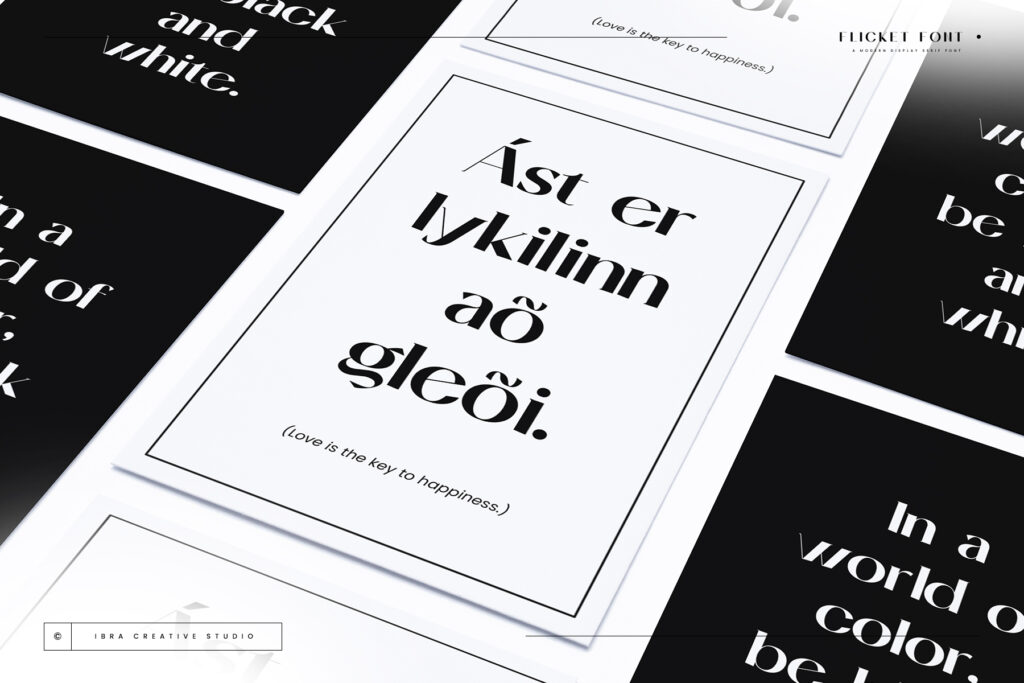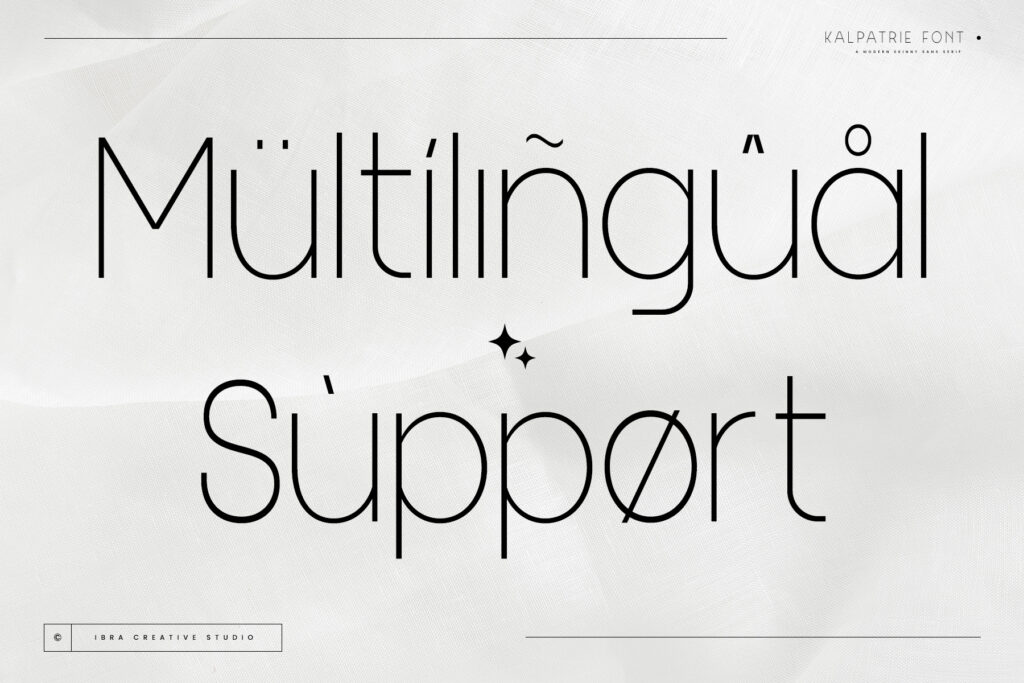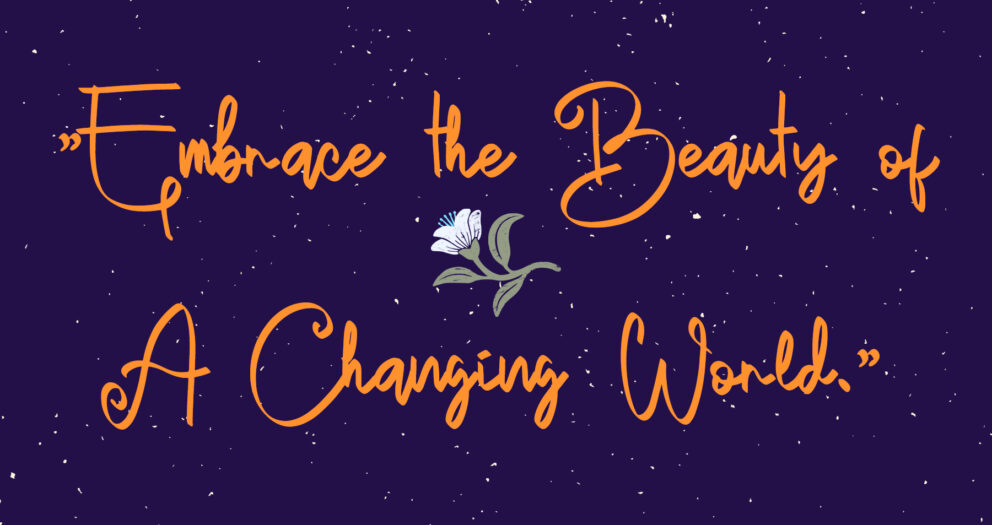Introduction
The intersection of artificial intelligence (AI) and typography is a fascinating development in the design world. AI is not just changing how fonts are created; it’s redefining the creative boundaries of typography. In this article, we delve into the depths of AI in font design, exploring its impact, potential, and how it’s shaping the future of typefaces.
The AI Advantage in Font Creation
Analyzing and Generating Designs : AI algorithms are adept at analyzing vast databases of existing fonts. By understanding patterns, styles, and trends in these data sets, AI can generate new font designs that blend classic typography rules with contemporary aesthetics. This process not only accelerates font creation but also introduces unique styles that might not have been conceived by human designers.
Customization at Scale : AI enables the creation of custom fonts at an unprecedented scale. Brands and designers can input specific requirements — from letter shapes to emotional tone — and AI algorithms can produce a tailored font. This bespoke approach ensures brand uniqueness and coherence across various mediums.

Enhancing Creativity, Not Replacing It
A Collaborative Approach : Far from replacing human designers, AI in font design acts as a collaborative tool. It offers designers a starting point or a source of inspiration. Designers can refine and infuse these AI-generated fonts with their creative vision, ensuring that the final product resonates with human emotion and aesthetic sensibilities.
Expanding Creative Horizons : AI pushes designers to explore beyond their usual creative boundaries. By presenting unexpected and novel font styles, AI challenges designers to think differently and incorporate new elements into their typographic work.

AI and The Future of Readability
Adaptive Fonts for Better Readability : One exciting application of AI in typography is the development of adaptive fonts. These fonts can change their form for optimal readability based on specific conditions, such as the reader’s vision impairments or reading environment. This adaptability not only enhances user experience but also makes content more accessible to a broader audience.
Ethical Considerations and Authenticity
Balancing AI and Human Touch : As AI becomes more prevalent in font design, ethical considerations and authenticity come into play. It’s crucial to maintain a balance between AI-generated designs and the human touch that imbues fonts with emotion and cultural relevance.

Conclusion
The integration of AI in font design is a groundbreaking advancement, offering endless possibilities for creativity, efficiency, and personalization. As we step into this new era, the role of designers remains pivotal — guiding the AI to create fonts that not only look good but also feel right. AI in typography is not just about creating new fonts; it’s about enriching our visual language and opening new avenues for expressive, inclusive, and impactful communication. This synergy of AI and human creativity is not just the future of font design; it’s the new frontier of artistic expression in the digital age.
Explore More Fonts





